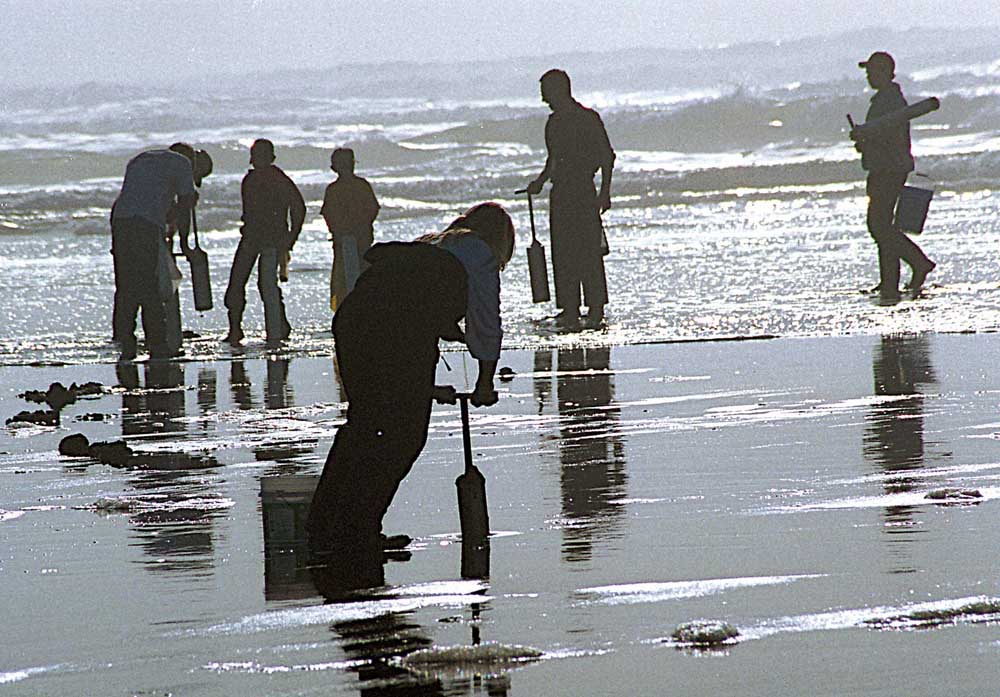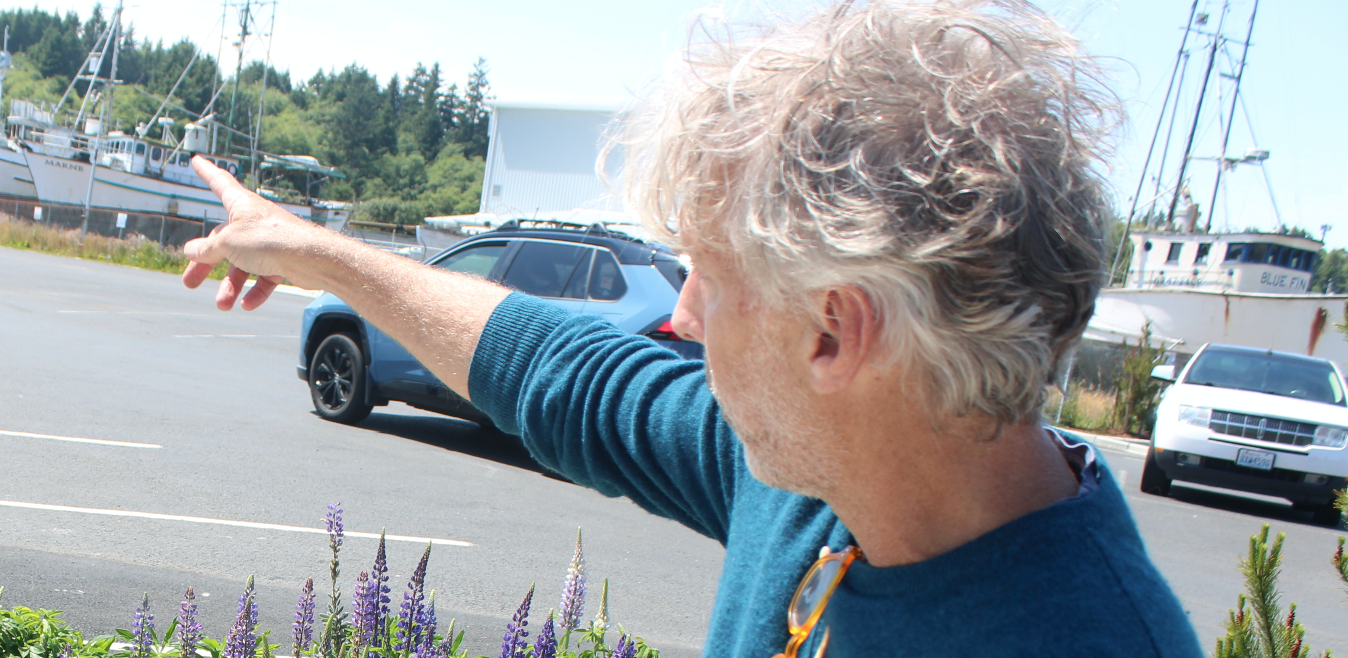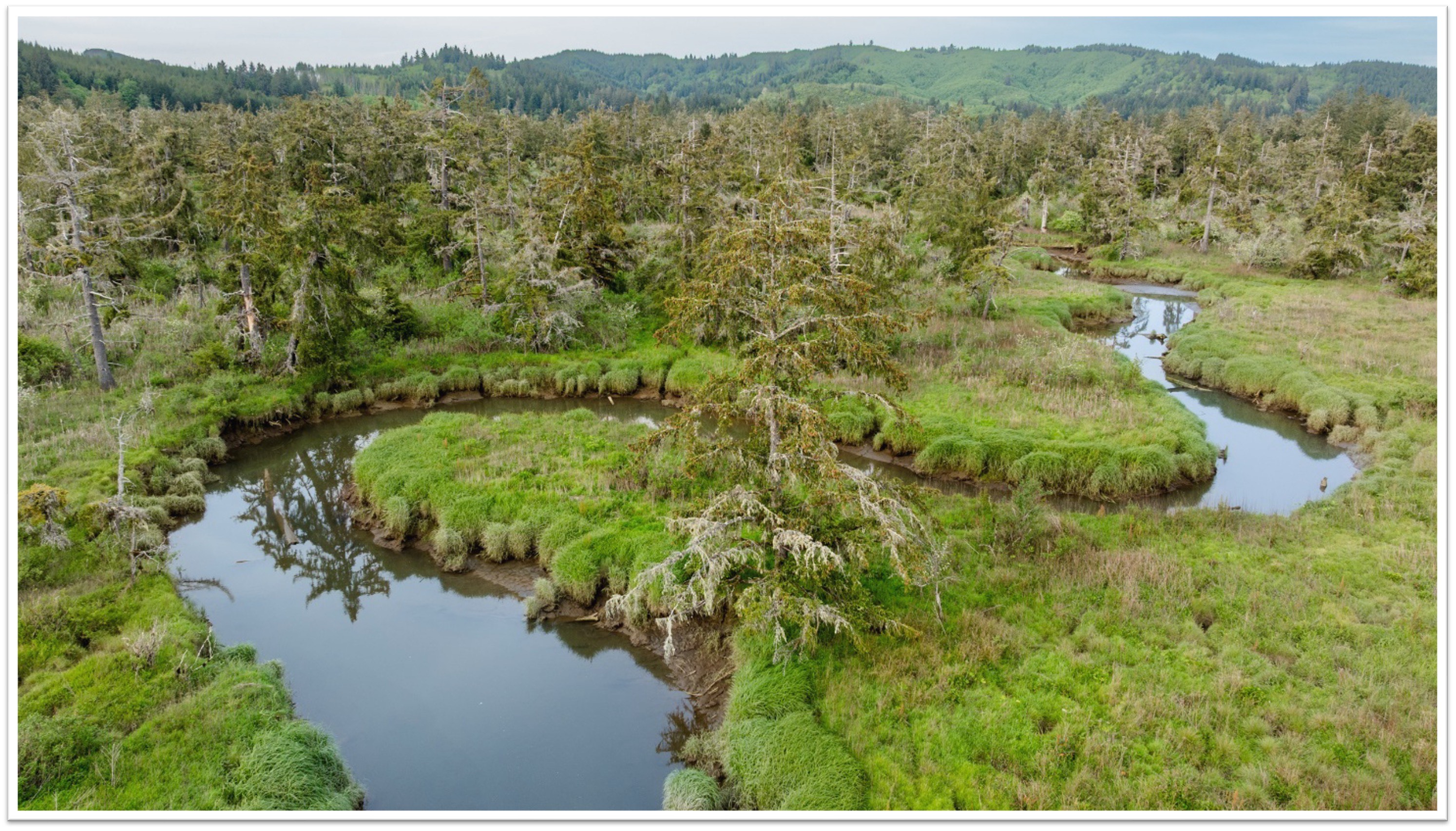WDFW: Toxin problem squirts doubt into clam seasons
Published 12:33 pm Monday, May 11, 2015

- Rising water temperatures have led to higher concentrations of a type of marine microorganism that produces the toxin domoic acid. A state fisheries official warns that it may take quite some time before clams are again safe to eat.
LONG BEACH PENINSULA — Public health concerns shut down popular recreational razor clam digs last week on the Washington and Oregon coasts, but high levels of the natural toxin that triggered the closures could affect digs well into the future.
The Washington Department of Fish and Wildlife can measure levels of domoic acid, a harmful and sometimes fatal toxin produced by certain types of marine algae, in several ways. Biologists can look at what’s in the razor clams’ tissues and they can look at the surrounding water. Currently, levels in water off Oregon and Washington are very high and the clams, which feed by filtering water, have had days to suck in the toxin.
Digs are scheduled to begin again this week on May 15. WDFW is still testing both the water and the clams and will decide May 13 whether or not it is safe to keep those digs open. Given the high levels of domoic acid now and mild weather, it is likely the digs will have to be canceled, shellfish managers have said.
Once the toxin is in the clams, it can be months before it’s gone, said Dan Ayres, coastal shellfish manager for WDFW. The toxin binds well into the clams’ fatty tissues. Even if the water is clean again, it doesn’t follow that the clams are.
In the past, Ayres has seen high levels of domoic acid “and then the water is clean and the plankton is long gone and it’s taken close to a year before razor clam levels drop back down.”
In Long Beach last week, levels of domoic acid were right at the state health department’s threshold of 20 parts per million. Other areas were even higher, according to state shellfish managers. At the Willapa spits where a commercial razor clam fishery was open, levels were at 26 parts per million. Farther north at Twin Harbors, levels were 27 parts per million.
These levels caught shellfish managers by surprise.
“We knew levels were rising,” Ayres said, “but we thought by Thursday we’d be all right.”
Instead, WDFW had to halt recreational digging at noon on Thursday, May 7, and then canceled the three days of digging scheduled for that weekend.
None of the levels recorded along Washington’s coast would be considered “super dangerous,” Ayres said, though all were at or just above the state’s threshold. However, he added, the levels went up quickly and “all signs are that the levels are going to continue to increase.”
Still, WDFW has kept future digs on the schedule for now though researchers and fishery managers will be closely monitoring the clams and the water.
“We’re not ready to blow the whistle and say everybody out of the pool for these next two openers,” Ayres said, “but it doesn’t look terribly hopeful.”
People have had plenty of time this season to dig for razor clams already. Shellfish managers say it has been a “stupendous” season. The clams have been plentiful and healthy and WDFW was able to offer far more days of digging than usual — more than 60 days scheduled from Dec. 31 to mid-May.
Diggers who had decided to wait for May’s milder weather, however, are likely out of luck now. One couple had planned their wedding around the digging period scheduled for May 8-10. Ayres called that couple personally to let them know about the closure.
Annual razor clam seasons typically end in mid-to-late May anyway. Clams begin to spawn at that time are less desirable for eating, according to WDFW.
Spawning is another thing Ayres is concerned about and researchers with NOAA will be keeping an eye on.
The warm waters that encourage blooms of domoic acid-bearing marine algae are not ideal for razor clams and could effect spawning numbers, they say.
“I don’t have any evidence to believe that’s changed yet, but razor clams prefer colder water and we’re definitely headed for a warmer time,” Ayres said, pointing to NOAA predictions of a stronger El Nino conditions later this year as well as the ongoing Pacific Decadal Oscillation, a natural climate pattern in the Pacific that is a sort of longer-lived El Nino. Both bring warmer weather than usual.
Outbreaks of domoic acid have prompted the cancellation of three entire razor clam seasons in Washington since 1991. The most recent cancellation was for the 2002-2003 season. In 2005, WDFW closed Long Beach for two days due to elevated toxin levels.






